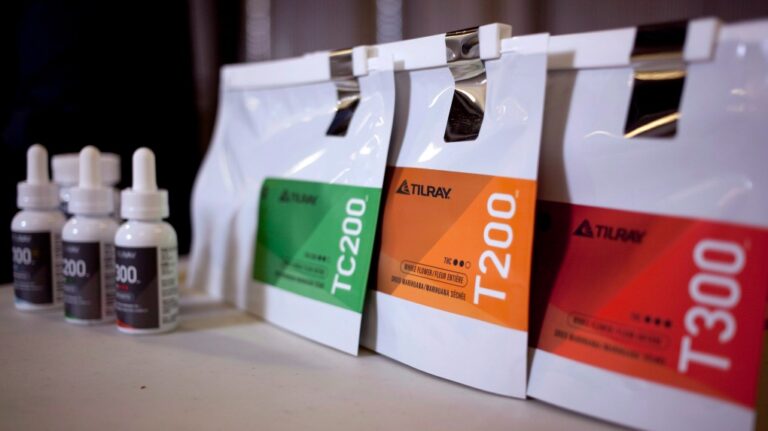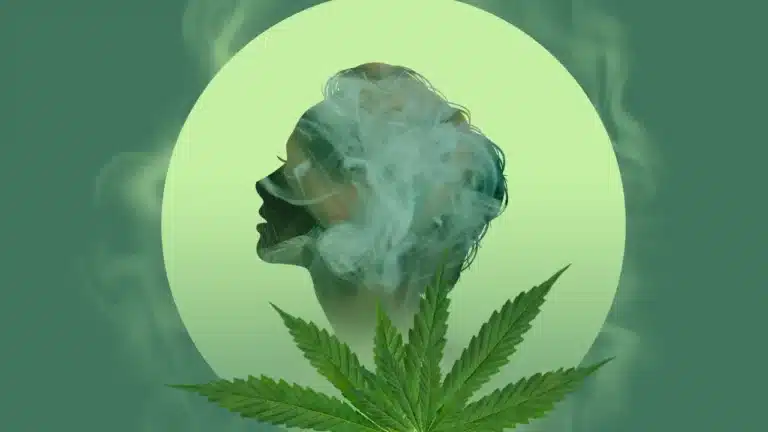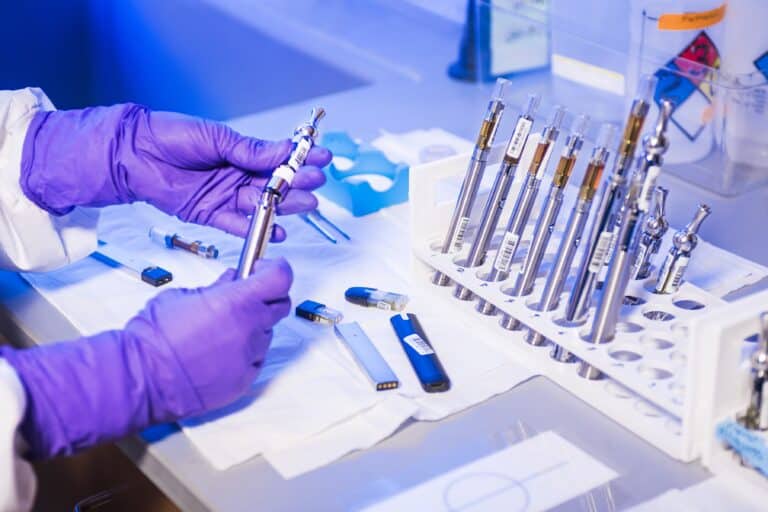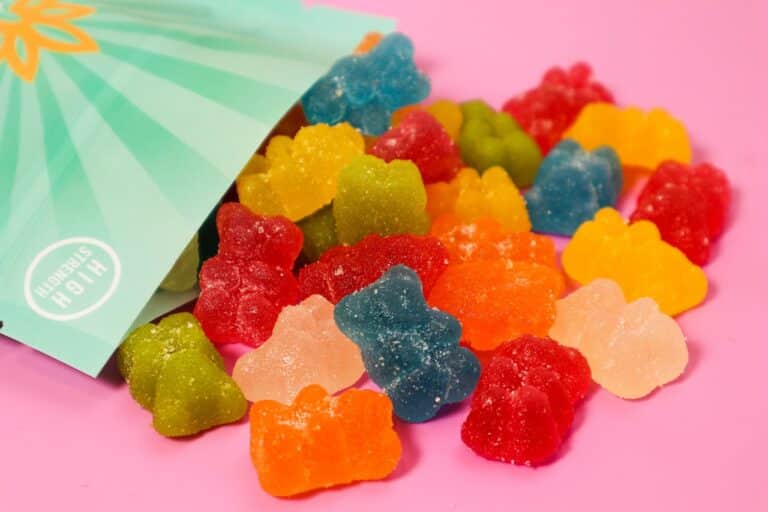A fascinating area of study in medicine, the public eye, and cannabis-related law is cannabidiol (CBD). It is more common on health food shop shelves and in search engine results for a variety of medical issues, but you shouldn’t believe everything you read or hear. There are many myths and misconceptions surrounding CBD, despite the fact that it is an extraordinarily safe and beneficial component of cannabis. Let’s look at a couple of them.
Myth #1: THC is used recreationally, while CBD is non-psychoactive and medical.
CBD has been labeled as a “non-psychoactive” drug, which means it doesn’t affect consciousness, in both lay and scientific literature. But given that CBD has been demonstrated to have anti-anxiety, anti-psychotic, anti-craving, alerting, and mood-elevating effects in human tests, how could it fail to have an affect on consciousness?
Undoubtedly, CBD has an impact on our psyche—often in positive ways. Even in very high dosages, it does not, however, generally impair mental or physical function in users. So, while CBD is psychotropic, it is not “impairing” or “intoxicating.”
The false dichotomy that CBD is the plant’s medical component and THC is its recreational component has already been acknowledged and disproved by the majority of our readers. THC is unmistakably therapeutic; hundreds of clinical studies have shown that it possesses exceptional and highly applicable medical effects.
Can CBD be used for medical and recreational purposes in the same way that THC is? Probably not. Although CBD undoubtedly offers medical advantages, relatively few people would want to consume it recreationally. The effects of CBD are not “rewarding” or overly enjoyable. Euphoria, desire, obsessive usage, or any other signs that might suggest it has recreational applications or drug addiction potential are not linked to its use in animal or human trials.
However, this raises the question of where recreational use ends and therapeutic usage starts. If a group of friends share a CBD-dominant spray or vape pen, it’s unlikely that they’ll start giggling and recounting lengthy anecdotes that are occasionally interspersed with silences in which they wonder what they were talking about. However, they might be more inclined to feel at ease, attentive, and stress-resistant. To enjoy using CBD and spreading it socially, one does not have to be treating a severe medical condition.
Myth #2: CBD is sedating.
While some early research suggested that cannabis products high in CBD had a sedative effect, CBD is not sedating; on the contrary, it has an alerting impact. THC’s calming effects can be counteracted by CBD, and it can also delay falling asleep and lessen the “hangover” that comes with it. Even very high dosages of pure CBD—600 mg in one dosing, for example—have not been shown to have a sedative effect on healthy people. Why the uncertainty? It’s possible that cannabis strains with high CBD concentrations also frequently have high concentrations of myrcene, a terpene that may have sedative properties.
We occasionally encounter patients who claim that CBD can cause sleep disturbances. Patients frequently report that when taking CBD they feel awake, when they lay down and close their eyes they have no trouble falling asleep.
Myth #3: A little CBD is enough.
I’ve always advocated for utilizing cannabis in very small amounts to treat medical illnesses, improve the endocannabinoid system, reduce adverse effects, and prevent tolerance to the drug. You might be surprised to learn that I frequently advocate for the usage of high dosages of CBD, especially when THC is absent in sizable amounts.
Why? CBD is significantly less effective than THC at treating symptoms milligram for milligram. For instance, if a patient of mine uses 3 to 5 mg of THC to relieve pain or anxiety, 30 to 200 mg of CBD may be needed to obtain the same effects, if any. Additionally, despite the fact that there is a substantial overlap in the symptoms that THC and CBD can be used to treat, these two substances have quite different effects on different people.
Myth #4: CBD is the same from hemp or medical cannabis.
A CBD molecule is the same whether it came from hemp, medical cannabis, or a lab. But regardless of where they come from, do all of the CBD products available on the market have the same effects? Probably not.
While CBD is a great medicine, it is obvious that it functions most effectively when combined with its cannabis-derived phytochemical siblings and cousins, particularly THC. When combined with THC, CBD can increase its therapeutic benefits while minimizing its negative effects. At least according to one rat study, even extremely low doses of THC along with other elements of the cannabis plant appear to boost the effects of CBD on pain and inflammation.
Even while the line between medical cannabis and hemp types continues to blur, it is still likely that hemp is a less effective source of CBD since considerably more hemp starting material may be required to extract CBD from hemp than from medical cannabis kinds. The likelihood of contamination in the finished product could rise as a result. Furthermore, mislabeling is rife in the hemp-based CBD market. According to a recent survey, just 31% of 84 CBD products bought online had their CBD content appropriately stated.
What is the finest CBD source, then? I always suggest purchasing locally grown, handcrafted, and lab-tested items that were obtained through a legitimate medicinal cannabis program. I am aware that not all readers will be able to do this. It might be challenging to know what to buy when you shop online.
Myth #5: Cannabidiol works by activating cannabinoid receptors.
The endocannabinoid system is a vital aspect of existence in each and every one of us. It constantly works in all of our organs and tissues to keep us healthy and assists us in responding to illness and injury by reestablishing balance at the cellular level. Thus, in practically every disease known to man, this system is a natural target for therapeutic treatments, such as medications, botanicals, and lifestyle changes. The prevalence and curative properties of the endocannabinoid system provide justification for medical cannabis’ incredible efficacy in the treatment of neurologic, inflammatory, gastrointestinal, psychiatric, infectious, and metabolic diseases.
In many aspects, CBD’s medicinal benefits resemble those of THC, a near related. Both reduce inflammation and alleviate symptoms of pain, stiffness, nausea, anxiety, and seizures.
We are aware that THC functions similarly to the endocannabinoids in our bodies; both activate the cannabinoid receptors and cause cellular processes that restore physiologic balance.
It would be reasonable to believe that CBD operates similarly, however this is untrue. The CB1 or CB2 receptors are not directly stimulated by CBD. The effects of THC and endocannabinoid signaling at the CB1 receptor are mildly to moderately reduced when CBD interacts with these receptors, as opposed to increasing their activity.
Despite having the capacity to directly reduce cannabinoid signaling, CBD also has the capacity to indirectly boost it. It accomplishes this by preventing anandamide, our most plentiful endocannabinoid, from being broken down and transported.
Anandamide levels in schizophrenia patients who received 800 mg of CBD daily over the course of 28 days increased significantly, according to a clinical trial.
If it’s difficult to reconcile these two diametrically opposed characteristics of CBD, welcome to the realm of cannabis study, which is rife with contradictions and paradoxes. Will CBD consumption boost or hinder your endocannabinoid system? The answer depends on your needs and how much CBD you consume, and is probably both.
Now, you might want to look at other cannabis myths now that we’ve dispelled some of the misconceptions regarding CBD. Access Healer’s free programs for new users, current users searching for more advantages, and healthcare professionals in need of help for more details on how to use cannabis therapeutically.





